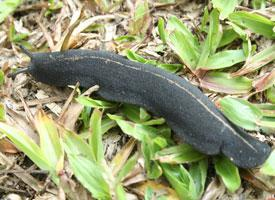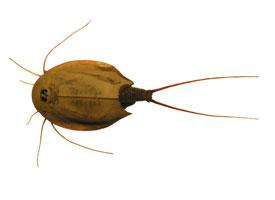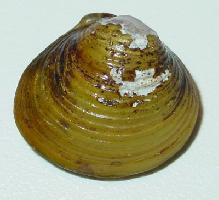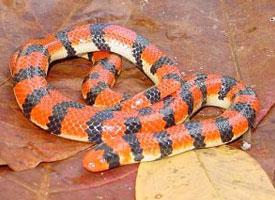
Váhy a míry
| Délka | od 7 do 8 cm |
|---|
Popis zvířete
The Tropical leatherleaf, scientifically known as Laevicaulis alte, is a distinctive species of slug found in various warm and moist environments across the globe. This creature is particularly notable for its adaptability and has been observed in a wide range of habitats, from gardens and agricultural lands to more natural forested areas, making it a versatile and resilient member of the mollusk family.One of the most striking features of the Tropical leatherleaf is its appearance. The body of this slug is elongated and can reach up to 10 centimeters in length when fully extended, although the average size is usually around 5 to 7 centimeters. Its skin is smooth with a unique texture that resembles leather, hence its common name. The coloration of this slug can vary significantly, ranging from a dark brown or black to a more mottled pattern of grays and browns, allowing it to blend seamlessly into its surroundings and evade predators.
The Tropical leatherleaf possesses a small, internal shell located near the rear end of its body, which is a characteristic trait of some slug species. This shell serves as a protective structure for the slug's delicate internal organs and also plays a role in calcium storage, which is crucial for maintaining the slug's soft body structure.
Diet-wise, the Tropical leatherleaf is omnivorous with a preference for decaying plant matter, which makes it an important decomposer in its ecosystem. However, it is also known to feed on living plants, which can sometimes lead to it being considered a pest in agricultural and horticultural settings. In addition to plant matter, this slug will occasionally consume fungi, dead animals, and even other slugs, showcasing its opportunistic feeding behavior.
Reproduction in the Tropical leatherleaf follows a fascinating hermaphroditic system, as is common among many slug and snail species. Each individual possesses both male and female reproductive organs, allowing them to perform both roles during mating. After mating, each slug lays a batch of eggs in a sheltered, moist location, ensuring the next generation's survival. The eggs are relatively small and translucent, hatching into tiny replicas of the adults after a few weeks.
Despite its contributions to the ecosystem, the Tropical leatherleaf is often overlooked or even maligned due to its status as a pest in certain areas. However, its role in nutrient cycling and soil health, as well as its adaptability and resilience, make it a fascinating subject of study and an important component of tropical and subtropical ecosystems.
In conclusion, the Tropical leatherleaf (Laevicaulis alte) is a remarkable creature that embodies the complexity and interconnectivity of nature. Its unique physical characteristics, dietary habits, and reproductive strategies illustrate the diversity of life forms on our planet and underscore the importance of every organism in maintaining the balance of ecosystems.
Podobná zvířata
Nové fotografie zvířat
Top 10 zvířat
- Common house mosquito (Culex pipiens)
- Common cockchafer (Melolontha melolontha)
- Colossal squid (Mesonychoteuthis hamiltoni)
- Hooded merganser (Lophodytes cucullatus)
- Australian box jelly (Chironex fleckeri)
- Fruit fly (Drosophila melanogaster)
- Common reed warbler (Acrocephalus scirpaceus)
- Elephant hawk moth (Deilephila elpenor)
- Moustached guenon (Cercopithecus cephus)
- Diana monkey (Cercopithecus diana)


